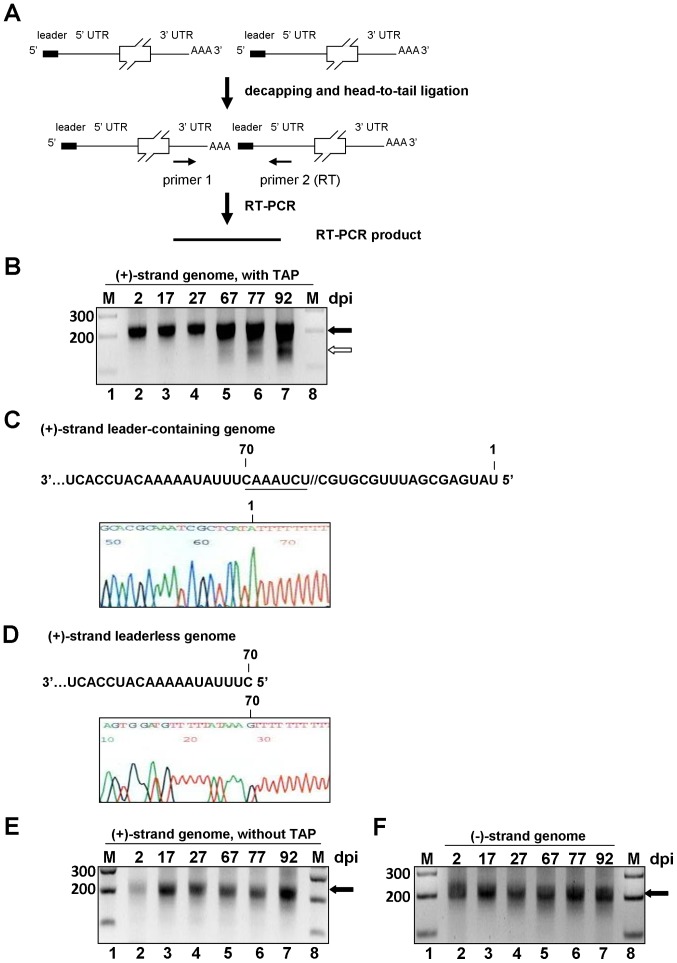Figure 1. Identification of leaderless genomic RNA during BCoV persistent infection.
(A) Strategy to identify positive-strand leaderless genomic RNA. Poly(A)-containing RNA was selected from total cellular RNA extracted from BCoV-persistently infected cells, treated with alkaline phosphatase, decapped with tobacco acid pyrophosphatase, head-to-tail ligated with T4 RNA ligase I, and used as the template for RT-PCR with the BCoV 5′ UTR-(+)-strand-specific primer 2: BCV107(+) (for RT) and BCoV 3′ UTR-(−)-strand-specific primer 1: BCV3′UTR1(−). (B) RT-PCR product synthesized by the method described in Fig. 1A. RT-PCR products with a size of more than 200 bp (lanes 2–7, marked with black arrowhead) and with a size of less than 200 bp (lanes 6–7, marked with white arrowhead) were observed. (C) The upper panel shows part of the first 88-nt sequence of the 5′ UTR in the positive-strand BCoV genomic RNA. The positions (1 and 70) are given on the top of the sequence, and the intergenic sequence (IS) UCUAAAC is underlined. The lower panel shows the sequence (shown in the negative strand) of the cDNA-cloned RT-PCR product with a size of more than 200 bp from lane 7, as indicated with a black arrowhead in Fig. 1B. (D) The upper panel shows the sequence of the 5′UTR on the positive-strand BCoV genomic RNA, which lacks the first 69 nts; position 70 is given on the top of the sequence. The lower panel shows the sequence (shown in the negative strand) of the cDNA-cloned RT-PCR product with a size of less than 200 bp from lane 7, as indicated with a white arrowhead in Fig. 1B. (E) Control reactions to determine if the positive-strand leaderless genome is a degradation product. RT-PCR product was synthesized by the method described in Fig. 1A except RNA sample was not treated with alkaline phosphatase and tobacco acid pyrophosphatase. RT-PCR products with a length of more than 200 bp were detected. (F) Identification of negative-strand leaderless genomic RNA. Total cellular RNA was treated with tobacco acid pyrophosphatase and ligated with T4 RNA ligase I. RT-PCR product was synthesized by the method described in Fig. 1A except that primer BCV3′UTR1(−) was used for RT. RT-PCR products with a size of more than 200 bp (lanes 2–7, marked with black arrowhead) were observed. M, ds DNA size markers in nt pairs. dpi: days postinfection.

